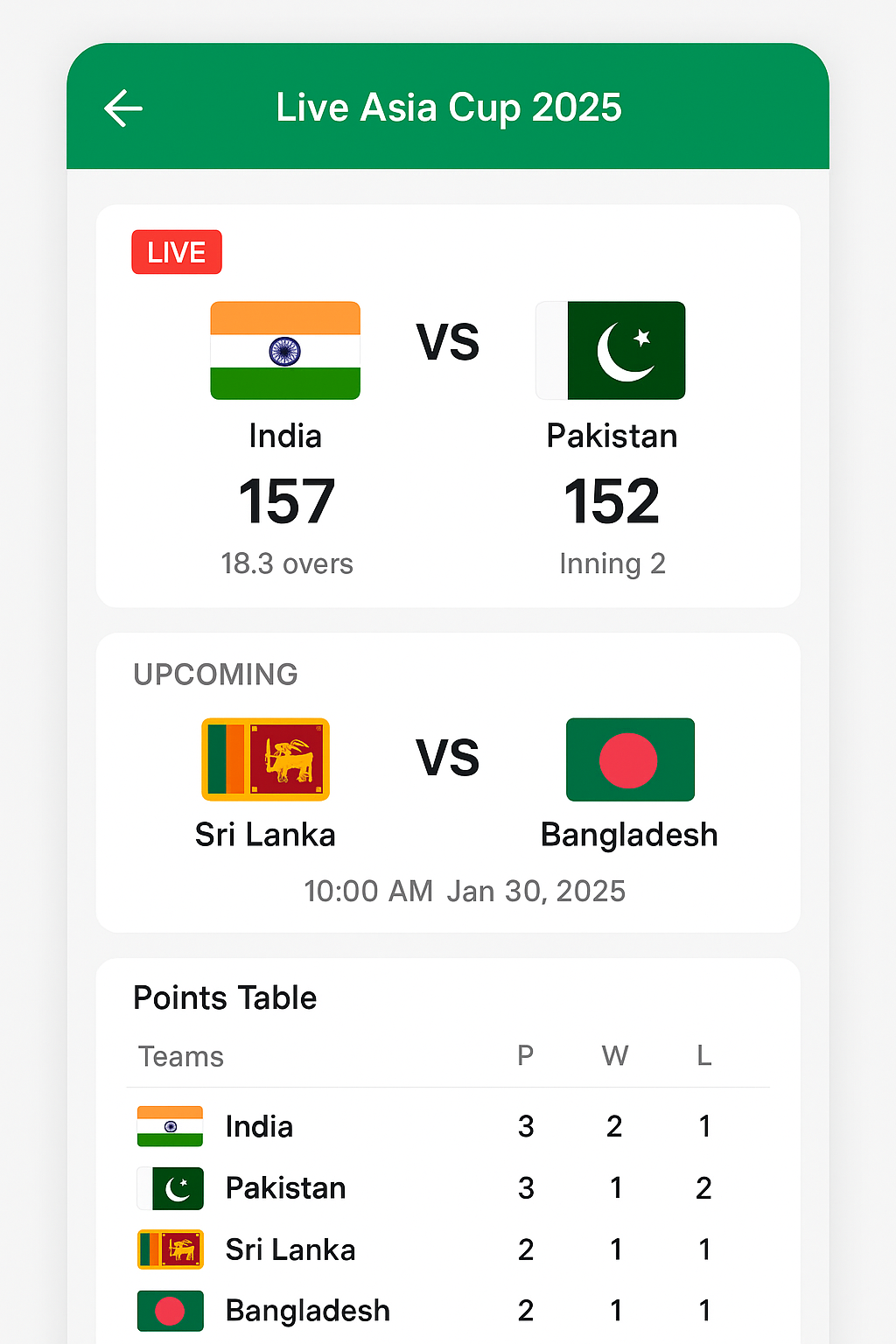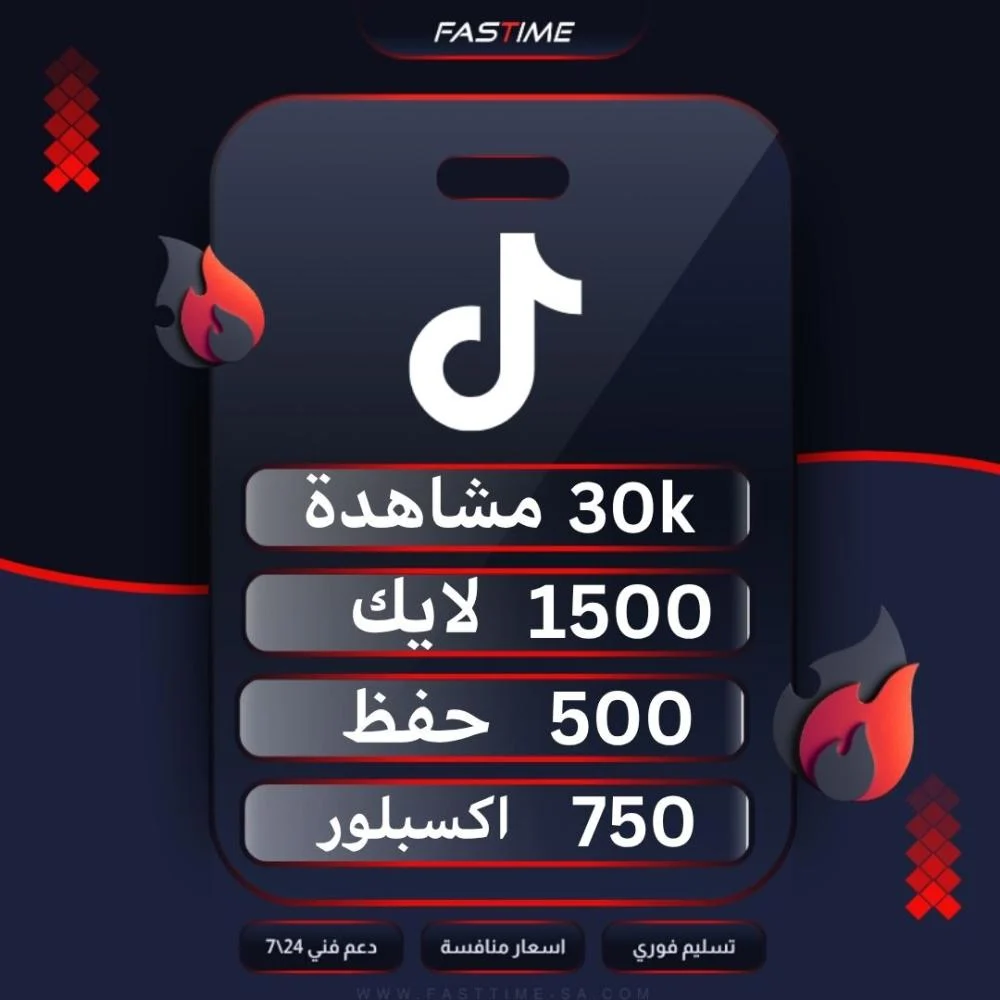Build a Live Asia Cup App Using Sports API

The Asia Cup 2025 is set to be one of the most anticipated cricket tournaments in Asia, and as a developer, this is a perfect opportunity to create an engaging and informative app for users to follow all the action. With the power of sports data APIs, you can provide live scores, match statistics, team line-ups, and much more in real-time. In this post, we will walk you through the steps to build a live Asia Cup app that integrates real-time cricket data.
Why Build a Live Asia Cup 2025 App?
Sports fans love staying updated with real-time information, and cricket is no exception. A live Asia Cup 2025 app will allow fans to track scores, stats, and match updates on the go. Here are a few features you could include:
- Live Scores: Display real-time match scores and over details.
- Player Stats: Show statistics like runs, wickets, batting and bowling averages.
- Match Schedules: Keep fans updated on upcoming matches and fixtures.
- Team and Player Profiles: Detailed player profiles with career stats.
- Alerts: Notify users about key moments in matches, such as wickets, centuries, or team victories.
Step 1: Choose the Right Sports Data API
The first step in building your live Asia Cup 2025 app is selecting a sports data provider that offers cricket-specific data. There are many sports data APIs available, but for Asia Cup 2025, you’ll want a reliable source that provides:
- Live scores and match details
- Player stats
- Historical data for teams and players
- Fixtures and schedules
Step 2: Sign Up and Get Your API Key
After selecting your API provider, the next step is to sign up and obtain an API key. An API key is a unique identifier that allows you to access the data from the sports provider. Once you’ve signed up for the service, you’ll typically receive a key via email or in your account dashboard.
Choose a tier based on your app’s requirements. If you’re building a personal or small-scale app, the free tier may be sufficient. However, for a production-level app, you may need to opt for the paid version.
Step 3: Set Up Your Development Environment
You’ll need to set up a development environment to start building your app. Whether you're building for mobile (Android or iOS) or a web app, the setup process will vary:
- Web App: You can use popular web frameworks like React, Vue.js, or Angular. For backend development, you can choose Node.js, Python, or Ruby on Rails.
- Mobile App: For Android, you can use Java or Kotlin with Android Studio, and for iOS, use Swift with Xcode.
Step 4: Make API Requests for Live Data
Now comes the technical part. Using your API key, you can make requests to the sports data API to get real-time match details. Here's a general process for fetching live data:
- Authentication: Most APIs require you to authenticate using your API key.
- Fetch Data: Use the API endpoints provided by your provider to get live scores, player stats, and match information. An example of an API request could be:
- Parse and Display Data: Once you have the live data, parse it and display it in your app. For example, you can display the current score, batting stats, and bowling stats for each team.
- Handle Errors: Make sure to handle errors, such as network issues or API limitations. You might also want to implement a caching mechanism to avoid exceeding API request limits.
Step 5: Display Data in Your App
Now that you have the live data, the next step is to display it in your app. Depending on your platform, you can create components to show:
- Match Scores: Display scores for both teams, overs, and wickets.
- Player Stats: Show player-specific stats like runs, wickets, and strike rate.
- Upcoming Fixtures: Display a list of upcoming matches for the Asia Cup 2025.
For mobile apps, consider using a RecyclerView (Android) or a TableView (iOS) to display match details in a scrollable format.
Step 6: Add Push Notifications and Alerts
To enhance user engagement, consider adding push notifications that notify users about:
- Match starts and results
- Key events like wickets, centuries, or a change in the batting order
This will help keep users engaged with the app, even if they’re not actively checking it. You can use services like Firebase Cloud Messaging (FCM) or OneSignal to send real-time push notifications.
Step 7: Test Your App and Go Live
Before launching your app, thoroughly test it to ensure that:
- The app displays live data accurately and quickly
- There are no bugs or errors in the user interface
- The push notifications are working as expected
Once everything is working, you can go live and promote your app to cricket fans, so they can follow the Asia Cup 2025 on their mobile devices or browsers.
Conclusion
Building a live Asia Cup app using a sports data API, such as CricketAPI, is an exciting project that offers plenty of opportunities for developers to showcase their skills. CricketAPI provides real-time data like live scores, player stats, and match details, which can be seamlessly integrated into your app.
By following the steps outlined above, you can create an app that delivers this crucial information directly to your users, enhancing their experience throughout the tournament.






